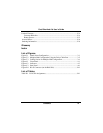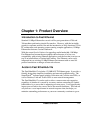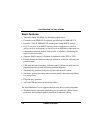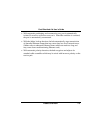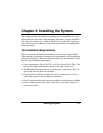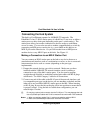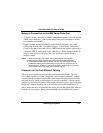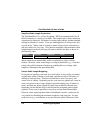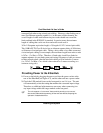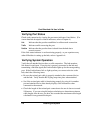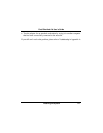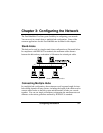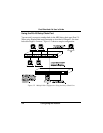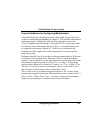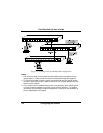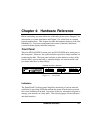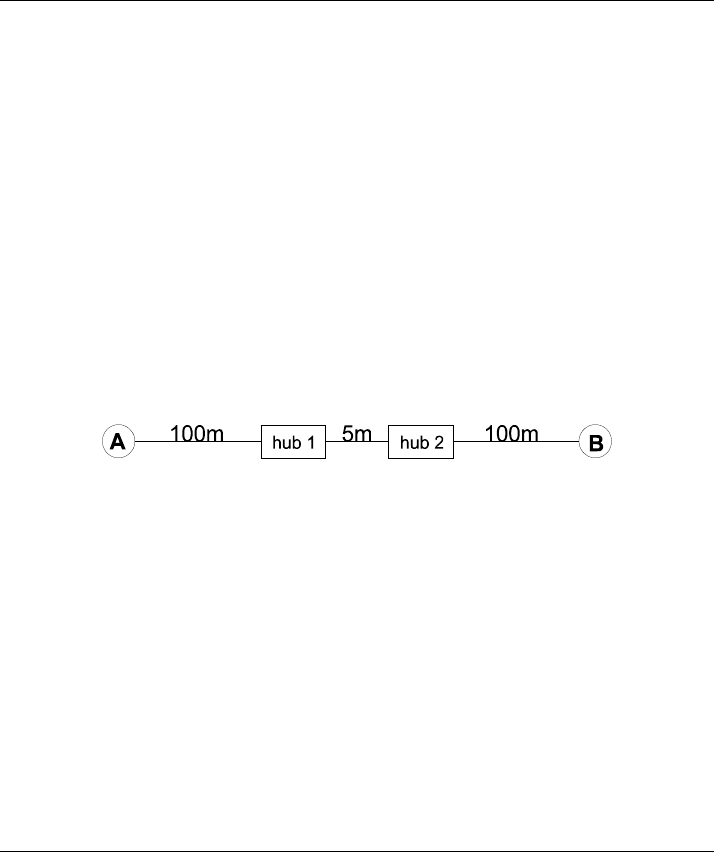
Fast EtherHub-12s User’s Guide
Installing the System 2-5
connected hub when using twisted-pair cabling. However, when linking one or
more Fast Ethernet repeaters together (i.e., in the same collision domain), the
overall length of cable used between any two nodes should not exceed the
limits outlined in the IEEE 802.3u standard. In precise terms, the maximum
length of cabling that can be run from end-node to end-node is
367m
≥ S(repeater equivalent length) + S(length of CAT-5 twisted-pair cable)
This 100BASE-TX Class II device has an inherent repeater delay of 90 bit time
or 80 meters of twisted-pair cable. Taking a daisy chain of two hubs connected
via twisted-pair cabling for an example, the maximum length from node to node
is 367m - (2 x 80m) = 207m. Therefore, if both node A and B are linked to
separate repeaters in a two hub system, each using 100 meters of cable to connect
to their respective hub, then the inter-hub cabling will be limited to 5 meters
(i.e., 207m - 2x100m = 7m, which is then reduced to 5 meters according to a
common wiring rule).
Providing Power to the EtherHub
1. Power on the hub by plugging the power cord into the power socket at the
rear of the EtherHub (see Figure 4-2), and the other end into a power outlet.
2. Check the LED marked
Power on the front panel to see if it is on. The unit
will automatically select the setting that matches the connected input voltage.
Therefore, no additional adjustments are necessary when connecting it to
any input voltage within the range marked on the rear panel.
F
The unit supports a “hot remove” feature which permits you to connect/
disconnect cables without powering off the hub and without disrupting the
operation of attached devices.



